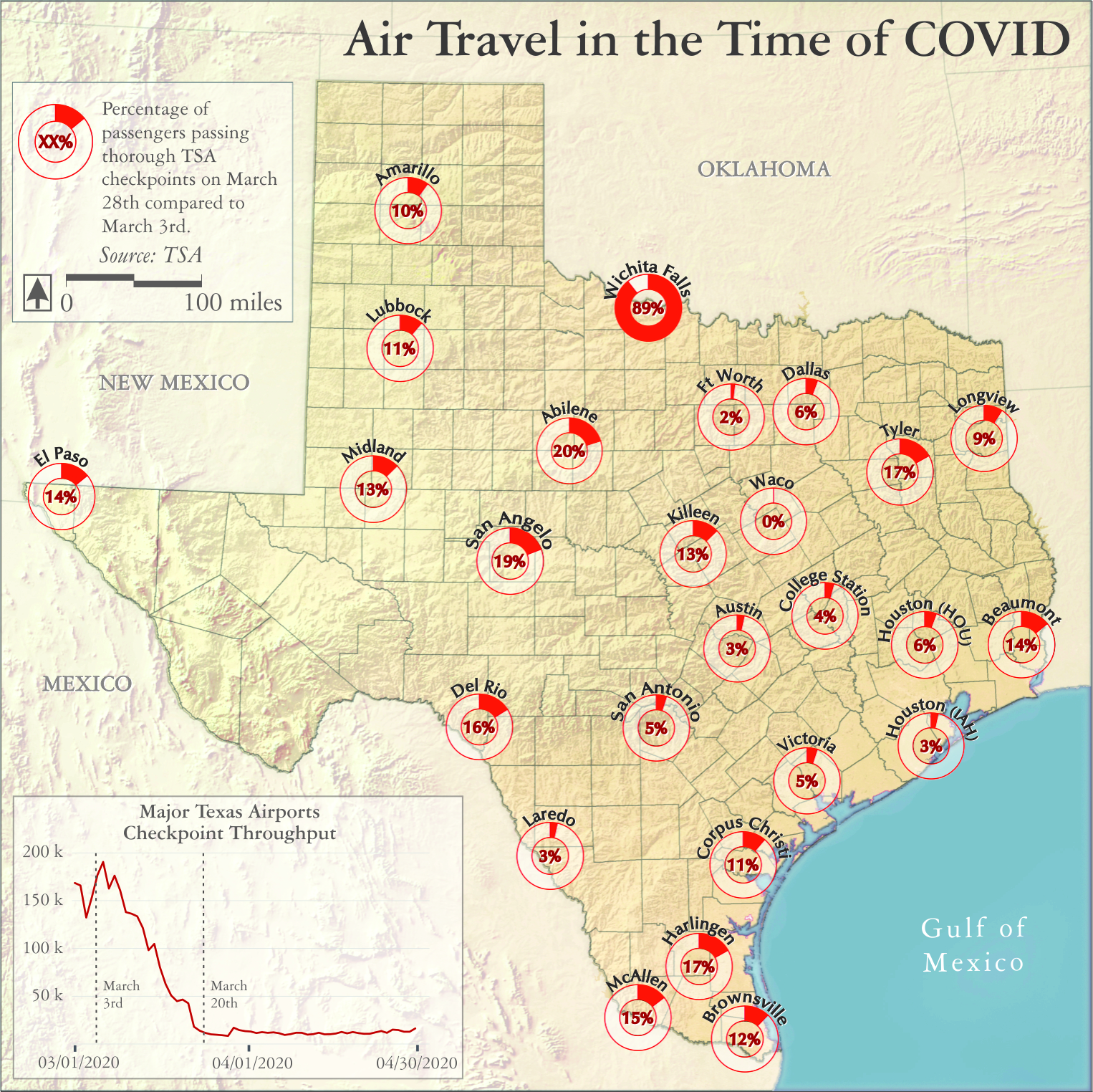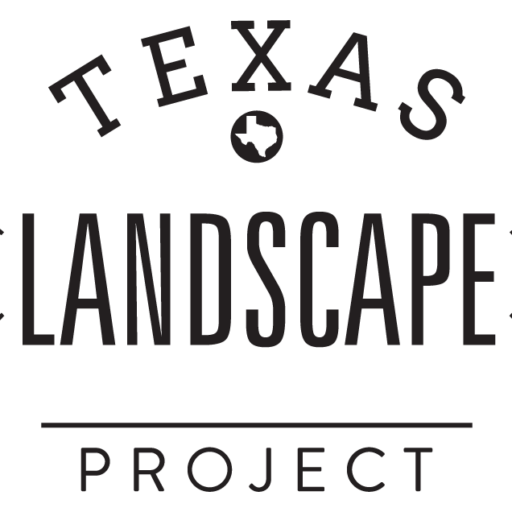
COVID and Human Migrations
A large part of an animal’s life is told by how it moves around, whether it be the minute-by-minute meandering of a cow, soaring of a buzzard, or swoops of a bat, or the seasonal migrations of a monarch butterfly, Swainson’s hawk, or lesser snow goose.
So it is with people. We are defined in part by our strolls through parks, tours through grocery stores, or marches up to the wedding altar. Our lives can also be described by our daily commutes to school or workplaces, our evening visits to a favorite bar, restaurant or stadium, or, if we are lucky, our summer flights to vacation spots.
However, this all changed with COVID-19. As the virus spread around the world in early 2020, governments and agencies urged, and eventually required, citizens to hunker down and shelter in place. On March 19th, John Hellerstedt, Commissioner of the Texas Department of State Health Services issued a public health disaster declaration for the state, recommending that Texans avoid groups of more than 10, and limit trips to essential travel only. An amazing slow-down in the activity and mobility of societies around the world ensued in Texas and beyond.
This map compares the proportionate number of people passing through TSA checkpoints at major commercial airports around the state, for two dates, March 6 and 28, the state’s peak and trough for travel during March and April 2020. Though barely 3 weeks apart, these numbers indicate a 95% collapse in travel.
For all the horrible pain of sickness and death, job losses and income declines tied to the virus, maybe there is some small consolation to see the fall-off in fossil fuel consumption (Texas jet fuel sales during April 2020 were only 36% of their 1984-2020 average) and air pollution. Maybe this is a reminder that the trajectory of ever-greater consumption and contamination of the world is not writ in stone.
And perhaps there is another lesson here. Possibly these data help us see that we still have a link, indeed a great vulnerability, to the natural world despite the immense and sophisticated bulwarks of our built environment.
Sources:
Transportation Security Administration. 2020. FOIA Electronic Reading Room. https://www.tsa.gov/foia/readingroom (Accessed May 22 and 23, 2020).
U.S. Energy Information Administration. 2020. Open Data: API Query Browser_ Texas Kerosene-Type Jet Fuel Retail Sales by Refiners, Monthly. https://www.eia.gov/opendata/qb.php?sdid=PET.A503630481.M (Accessed July 2, 2020).
